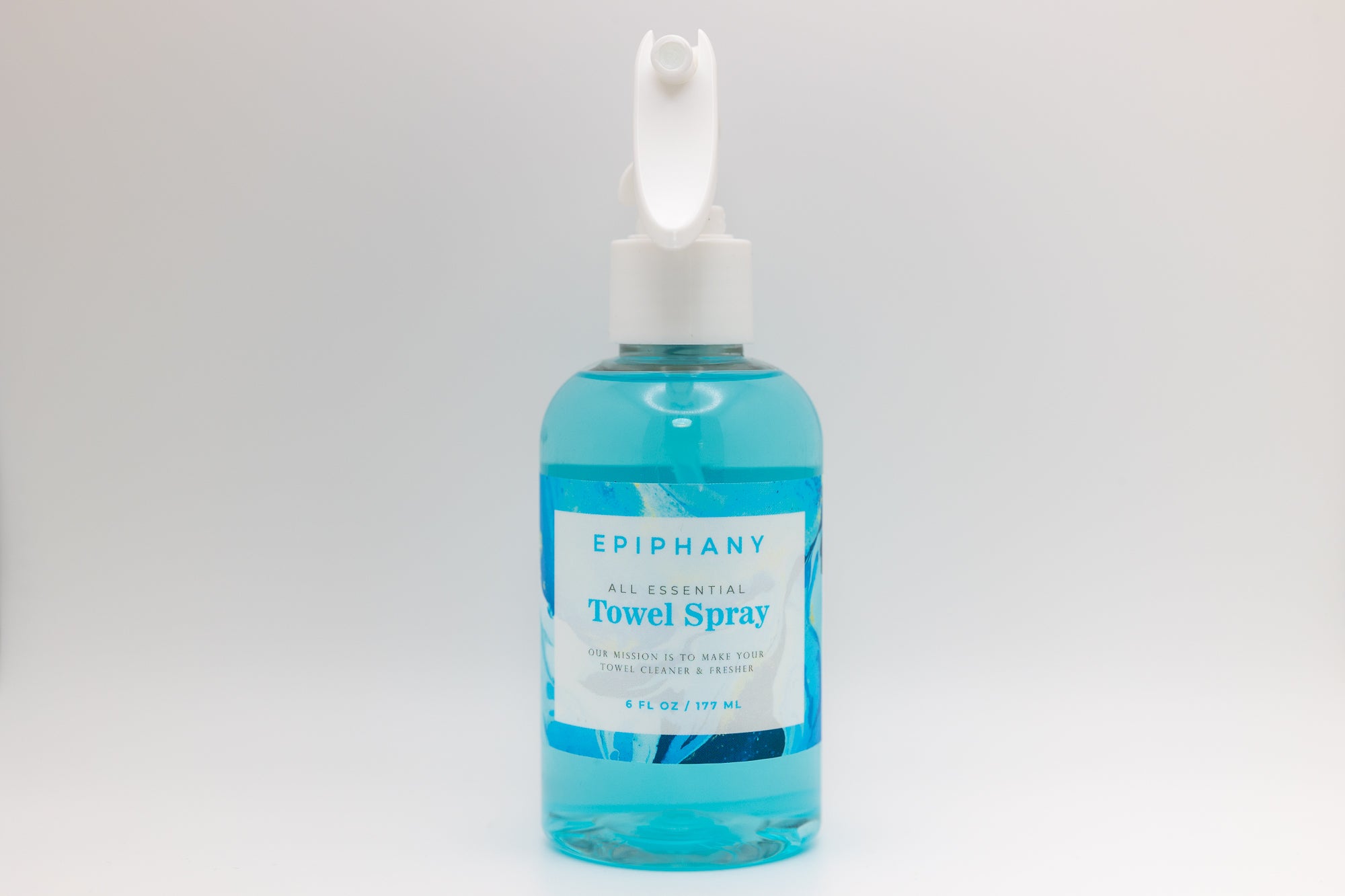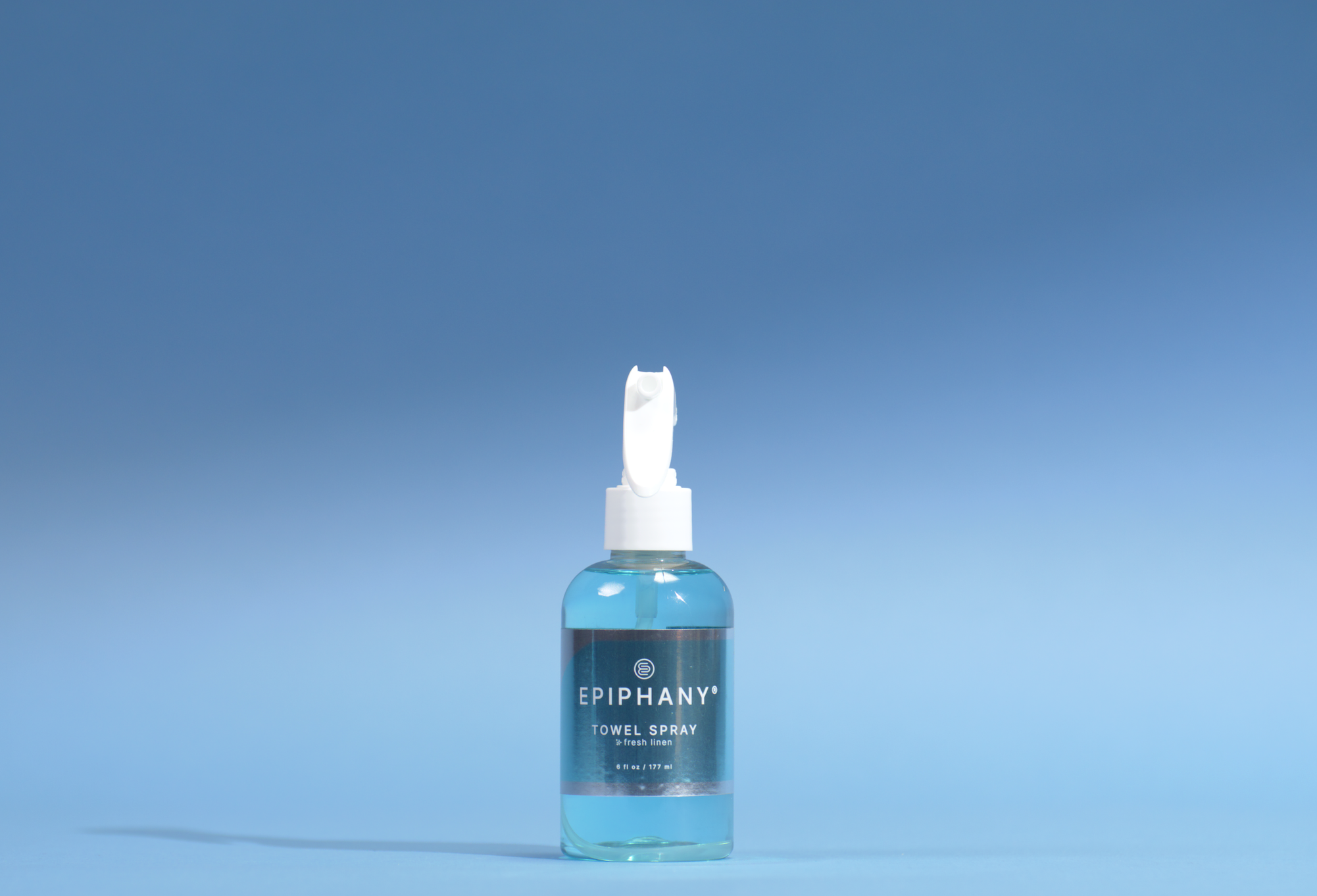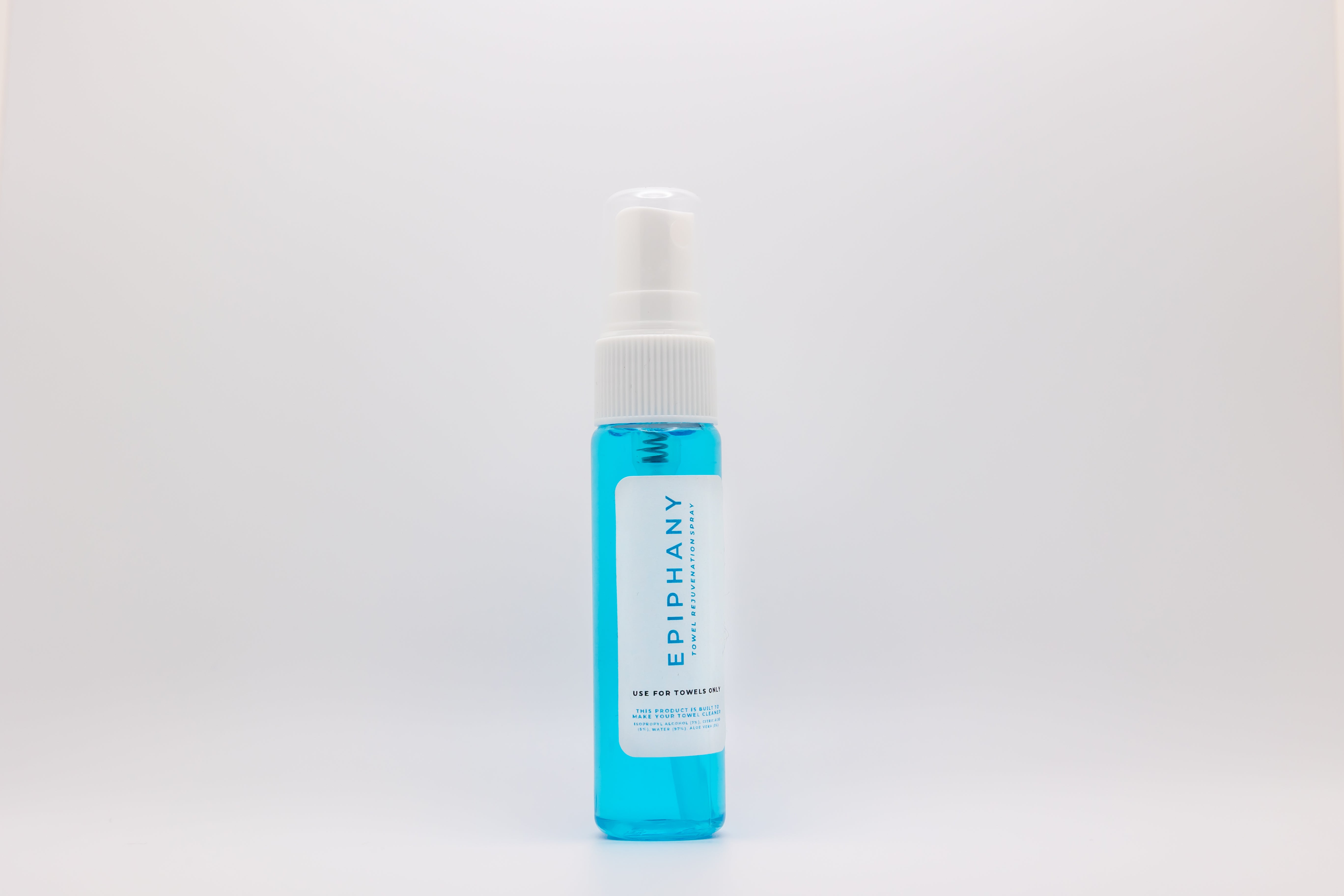How Long Does Bacteria Live on a Towel? – Exploring Bacterial Lifespans on Towels: MRSA, E. coli, and Influenza
Most Common & Harmful Microbes on Towels
When it comes to our daily routines, we often overlook the potential breeding grounds for bacteria. While our homes may appear clean, common household items like towels can harbor an array of bacteria, some of which can survive for surprising amounts of time. In this article, we'll delve into the lifespans of three notorious bacteria types—MRSA, E. coli, and Influenza—on towels, based on available online sources and data.
- MRSA (Methicillin-Resistant Staphylococcus Aureus):
MRSA is a bacterium known for its resistance to many antibiotics. It can lead to serious infections, making it a significant concern in healthcare settings and the community. Research has shown that MRSA can survive on surfaces for extended periods, including towels.

According to studies conducted by the National Center for Biotechnology Information (NCBI), MRSA can persist on surfaces like towels for up to several weeks, depending on environmental conditions. Factors such as humidity, temperature, and the presence of organic matter can influence how long MRSA survives. In some cases, it has been found to survive for more than two weeks on various surfaces, including towels. This emphasizes the importance of practicing proper hygiene and disinfection routines, especially in shared living spaces.
- E. coli (Escherichia coli) E.coli is a diverse group of bacteria, some of which are harmless while others can cause food borne illnesses. These bacteria can find their way onto towels through improper hand washing or contact with contaminated surfaces.

Studies published in the Journal of Applied Microbiology have shown that certain strains of E. coli can persist on surfaces for varying lengths of time. On towels, E. coli can survive for a few hours to several days. Factors such as moisture content, temperature, and the initial bacterial load play a role in determining how long E. coli remains viable. Regular laundering of towels and proper hand hygiene can help reduce the risk of transmission.
- Influenza Virus:
The influenza virus is responsible for seasonal flu outbreaks that affect millions worldwide. It's well-known that the virus spreads through respiratory droplets, but it can also survive on surfaces for a limited period, including towels.

Research published in the Journal of Infectious Diseases suggests that influenza viruses can survive on surfaces like towels for up to 24 hours. However, it's important to note that the virus tends to survive better in environments with lower humidity. In high-humidity conditions, the virus's survival time decreases. This highlights the significance of maintaining proper indoor humidity levels and practicing regular hand hygiene, especially during flu seasons.
In conclusion, understanding the lifespans of bacteria on towels is crucial for maintaining a hygienic living environment. MRSA, E. coli, and the influenza virus can all survive on towels for varying durations, with factors like humidity and temperature influencing their viability. Regular cleaning, disinfection, and proper hand hygiene are essential practices to mitigate the risk of bacterial transmission. So, the next time you pick up a towel, remember the unseen world of bacteria that may be dwelling on its surface.






